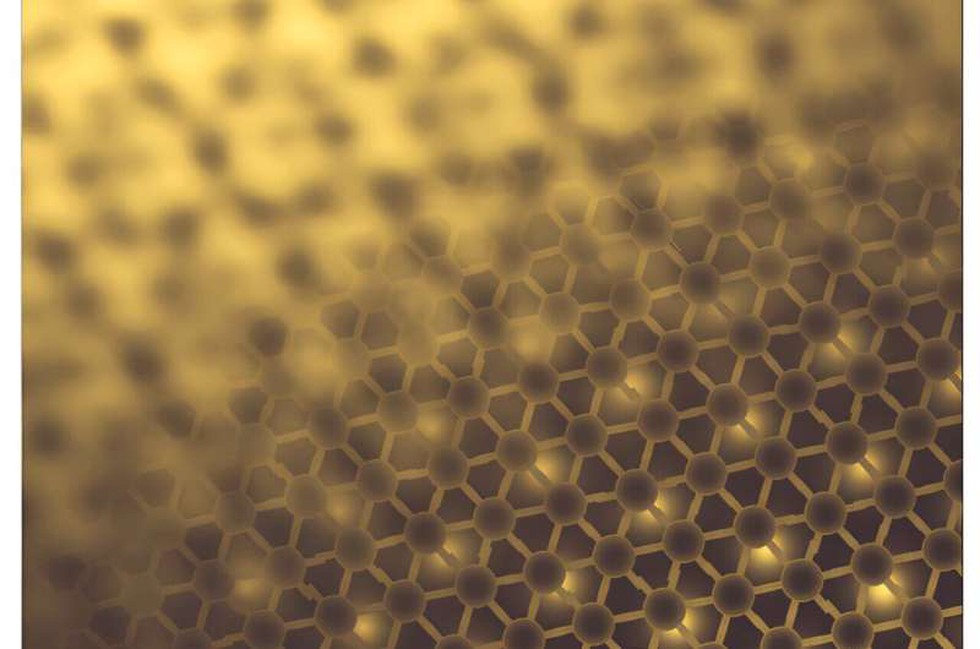What are Intercrystals?
- Intercrystals are created by stacking two layers of twisted graphene atop hexagonal boron nitride (h-BN), resulting in moiré patterns that significantly alter electron behaviour.
- The material is based on the principle of “twistronics”, where ultrathin atomic layers are rotated at small angles to form moiré superlattices.
- The misalignment of layers causes new electronic phases, not found in regular crystals.
- This approach builds upon earlier work by the same team, who in 2009 first showed that twisted graphene displays unusual electronic properties.
Structural Properties of Intercrystals
- Regular crystals possess repeating atomic arrangements and show symmetry under specific translations or rotations.
- Quasicrystals, discovered in 1982, are ordered but non-repeating, defying traditional crystallography.
- Intercrystals combine traits of both:
- They exhibit non-repeating atomic patterns (like quasicrystals),
- But retain certain crystalline symmetries.
- The structure creates geometric frustration, enabling new quantum phases.
Unique Electronic Characteristics
- In intercrystals, electronic properties change dramatically with minor structural variations, unlike conventional materials.
- These materials exhibit novel quantum behaviours, including: Superconductivity (zero-resistance current), Magnetism, and other quantum electronic states.
